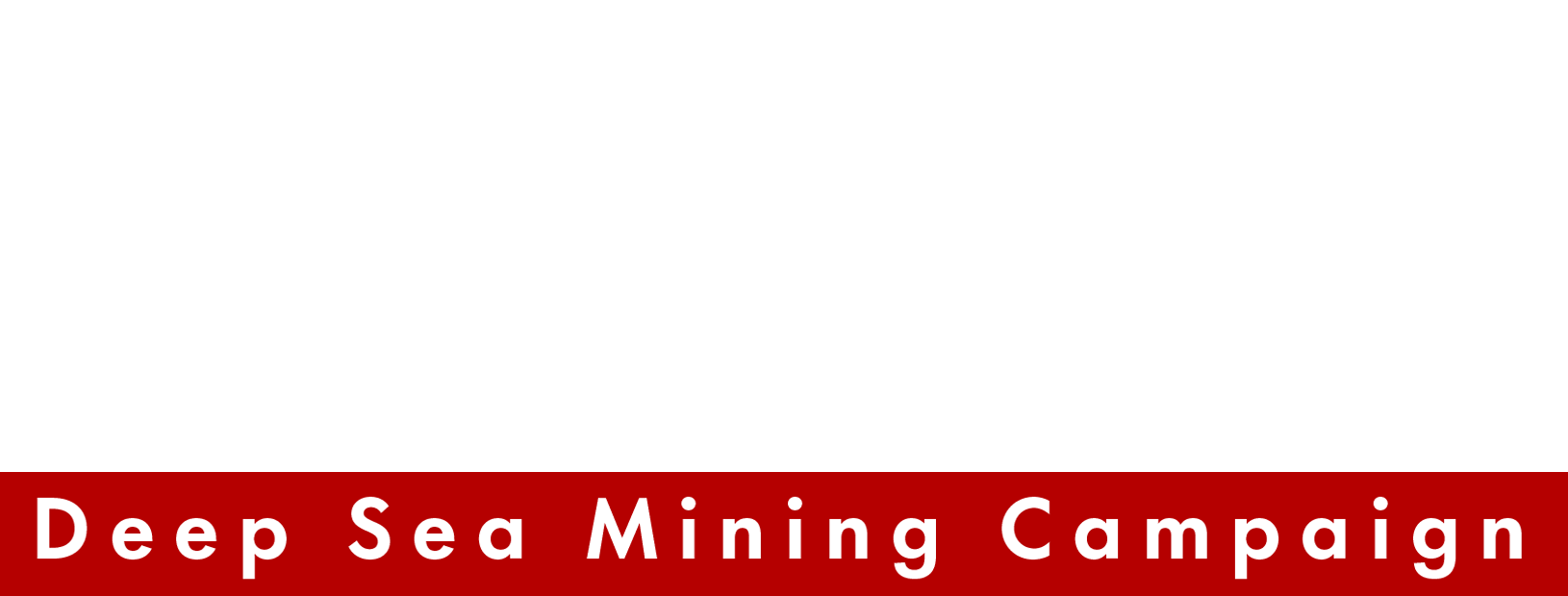
“The modeling is completely unacceptable by scientific standards … The EIS fails to provide the basic information needed to assess the risk of pollution of the environment or the risk to local communities … The People of PNG deserve better. They should be able to feel confident that the approvals process is open and based on the best available science.” – Dr John Luick
A new report finds that the Environmental Impact Assessment (EIS) for Nautilus Mineral’s Solwara 1 deep sea mining project seriously downplays the risks facing local communities and the marine environment.
The report released by the Deep Sea Mining Campaign reviews the oceanographic elements of the EIS. Its focus is on currents and upwelling that may bring pollutants into contact with local populations and marine species. At only 30km away New Ireland is especially at risk, with the possibility of upwelling and currents carrying mine-derived metals towards its coastline.
The report finds that the oceanographic aspects of the EIS suffer from a lack of rigour. There are many errors and omissions in the modelling, presentation and analysis of data. The report’s author is oceanographer, Dr John Luick, who has many years experience working for mining, gas and oil companies in Australia, Papua New Guinea, Saudi Arabia, California and Alaska.
Dr Luick said, “The physical oceanography and hydrodynamic components of the EIS are second-rate. The shortcomings in these elements of the Solwara 1 EIS are so basic that I could have written the same review 27 years ago while still a student. The modeling is completely unacceptable by scientific standards.”
Dr. Luick continued, “The People of PNG deserve better. They should be able to feel confident that the approvals process is open and based on the best available science.”
The EIS for the Solwara 1 Project was the key document considered by the PNG National Government in granting the 20 year operating licence to Nautilus in 2011.
Professor Chalapan Kaluwin, of the Environmental Science & Geography department at the University of Papua New Guinea emphasised, “The EIS should have provided a solid basis for the Government of PNG to decide whether to approve this project and if so, under what conditions. The findings of this new report suggest these important decisions were made on the basis of junk science.”
Professor Kaluwin adds, “We know an earlier review of the oceanographic aspects of the EIS was conducted by an Australian company, Cardno Investments. We don’t know what that review found or even if that review itself was of high quality. The key elements of this project’s approvals process are not in the public arena. They must now be made available in a form that can be easily understood, especially by the people of New Ireland and East New Britain who are most at risk from Solwara 1.”
Dr. Helen Rosenbaum, campaign coordinator for the Deep Sea Mining campaign in Australia and author of Out of Our Depth: Mining the Ocean Floor in Papua New Guinea states, “Solwara 1 is the world’s first deep sea mining experiment. As such it demands extremely careful attention to scientific detail and transparency in decision making. This new report indicates that both of these elements have been lacking. Important next steps are to make available the full data set behind the EIS, the earlier Cardno review of oceanographic components of the EIS and the conditions of the permits issued by DEC.”
For more information:
Dr. John Luick (Australia): john.luick[at]austides.com +61 04387 74804
Professor Chalapan Kaluwin (Papua New Guinea), ckaluwin[at]upng.ac.pg + 675 7122 5454
Dr.
Helen Rosenbaum (Australia), hrose[at]vic.chariot.net.au +61 413 201 793
In The News
Sci-Dev News: Review claims ‘poor science’ in deep-sea mining report
ABC News: Oceanographer questions analysis of PNG seafloor mine data

Recent Comments